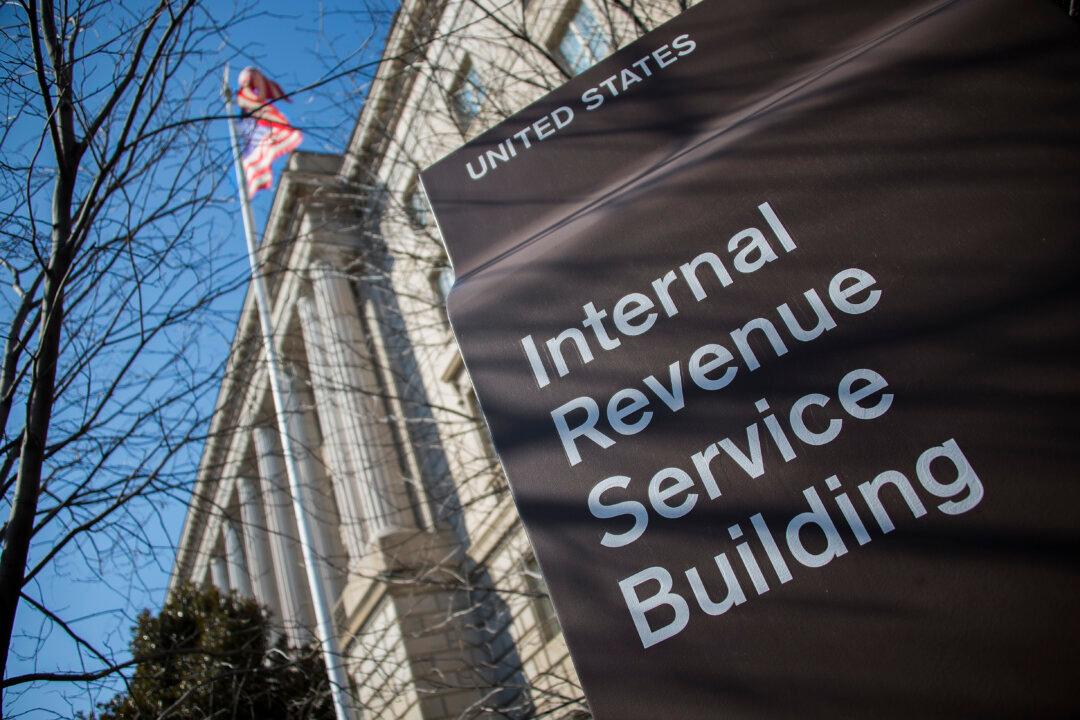Commentary
The Biden Budget Plan would subject millions of Americans to a new death tax. Biden’s proposal is to implement a capital gains tax at death on previously untaxed appreciation of asset values during life. Taxpayers with net worths not remotely near the current $11.7 million estate tax exemption would be captured in the net of that new death tax.





